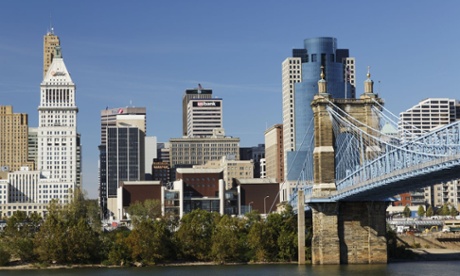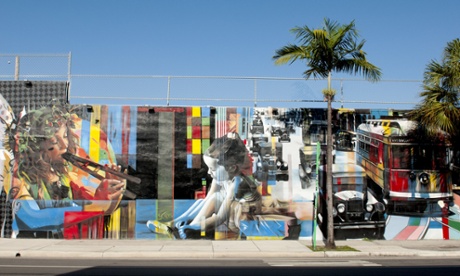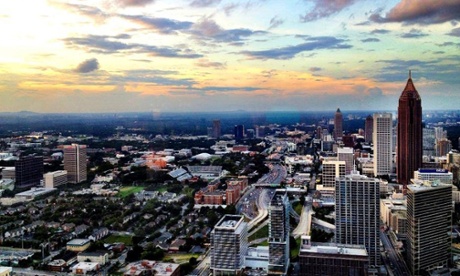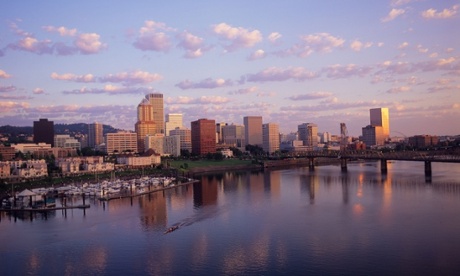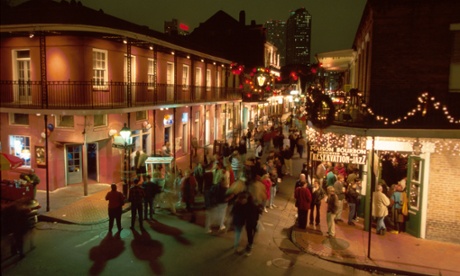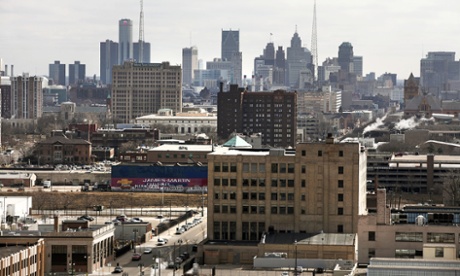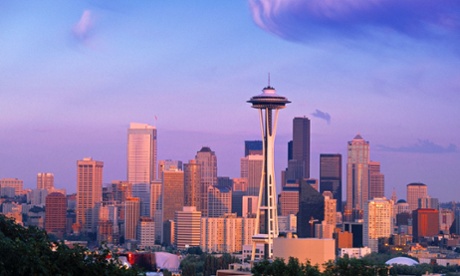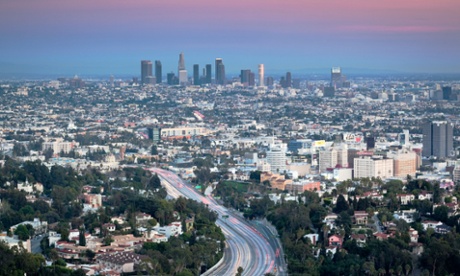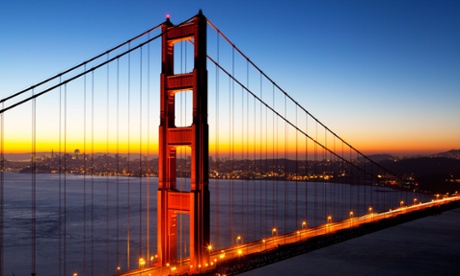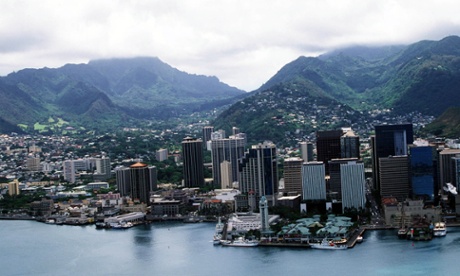In several ways, literary Cincinnati and Anthony Trollope share a mother.
In financial straits, Fanny Trollope came to Cincinnati in 1828, arriving to find a boomtown with cultural ambitions, but also an uncouth outpost whose rising fortune was built upon its status as “Porkopolis”. Pigs roamed fetid streets, snuffling at the garbage Trollope, like her neighbors, was now expected to hurl through windows. Cincinnati had little by way of high-toned divertissement. A potential exception was the Western Museum, whose curator, aware that he couldn’t attract the public with arrowheads and mastodon bones, had begun importing wax figures. Trollope, an eager impresario, plunged in, devising an entertainment, “The Invisible Girl”, that featured her son Henry (spouting Latin and Greek) as the girl’s disembodied voice. Soon after, she dreamt up “Infernal Regions”, a tour “in very bugaboo style” through Dante’s underworld. Wildly popular, it would endure a quarter-century. To protect the waxwork denizens, often mauled by terrified spectators, they wired the mannequins; the viewer who ignored warnings would get a nasty shock, the price of seeking succor in hell.
Emboldened, Trollope embarked on America’s first department store. Her Bazaar, a four-storey hodgepodge a friend called a “queer, unique, crescented Babel”, housed not only retail space for imported items (here her disaster-prone husband failed her again, squandering her nest-egg on unsellable junk) and for gimcracks cheaply available elsewhere, but also a coffeehouse, saloon, ballroom, and exhibition gallery. Here was an emporium to capture the attention and dollars of Cincinnati. Unfortunately, the heating system produced reeking hydrogen sulfide, a failing she ended up having to advertise, announcing that she would henceforth use oil and spermaceti.
As the Bazaar trundled toward its doom, Trollope contracted malaria, and in 1830 she returned to Britain. She exacted revenge in Domestic Manners of the Americans, a witty, scathing account of local mores, and especially of American hypocrisy about slavery. In Cincinnati, Trollope’s philippic incited outrage at Old World snobbery, but also (a familiar tale in 19th-century America) a fever for improvement and approval. In coming years, any bumpkin who spat in a theater might be scolded with “A Trollope, a Trollope!” Within five years, Cincinnatians had founded both the Mercantile Library (a still-vital cultural hub) and the Semi-Colon Club. The latter included Harriet Beecher Stowe, who arrived in Cincinnati – where she would live two decades – in 1832. She was profoundly influenced by Trollope’s virulent antislavery novel The Life & Adventures of Jonathan Jefferson Whitlaw (1836), and the two became correspondents. A plumbline stretches, then, between Trollope and Cincinnati’s most famous novel, Uncle Tom’s Cabin, which Lincoln supposedly called “the little book that started this great war”.
Trollope and Stowe had witnessed firsthand the escape of desperate fugitive blacks across the Ohio river into the city, and Toni Morrison’s magisterial Beloved (1987) also hinges on the city’s status as Underground Railroad destination. Morrison’s tale of slavery, infanticide, and their shadows derives from the case of Margaret Garner, who fled to Cincinnati with her family across the frozen river in January 1856, and then – hunted down by slavecatchers – slit her infant daughter’s throat rather than see her returned to bondage.
Cincinnati native Edmund White’s Fanny tells, in the playful, astringent voice of Trollope herself, the story of Fanny Wright, the young radical who enticed her to the New World. (See also his pathbreaking A Boy’s Own Story.) Less directly: the fabulist Steven Millhauser set some early work, including the novella The Little Kingdom of J. Franklin Payne, in Victorian Cincinnati, and one may see echoes of Trollope’s pleasure-palace misadventures in the rococo contrivances of the Grand Cosmo in his Pulitzer-winning Martin Dressler (1996).
Cincinnati is often cited as Sinclair Lewis’s model for Zenith, the hyper-conformist midwestern city in Babbitt (1922), and Lewis did live there as he researched. Another novel about capitalism run rampant in which Cincinnati may serve as an encrypted setting is Richard Powers’s Gain (1998), in which Clare & Co. is rival to (and based on) Procter & Gamble, the consumer-products behemoth that started as a soap company making use of Porkopolis’s plentiful byproducts.
The city’s distinguished poetry history owes much to the University of Cincinnati’s George Elliston Endowment. Before creative writing entered the academy, Elliston brought luminaries to campus for a year, and in the 1950s alone the list included John Berryman, Robert Lowell, Stephen Spender, and Robert Frost. The series still brings excellent poets to town for brief or extended visits. Other poets with Cincinnati ties include such diverse talents as Nikki Giovanni, Richard Howard, Andrew Hudgins, Kenneth Koch, and William Matthews.
Austin Wright’s literary thriller Tony and Susan (1993) has in recent years had a renaissance in the UK, and Leah Stewart’s The History of Us, an acutely observed (Trollopean!) novel about a professor who must return to Cincinnati, the hometown she thought she’d escaped, created a stir in 2013. Other fiction writers with either residency or roots in Cincinnati include Thomas Berger, Michael Cunningham, Christopher Bollen, Brock Clarke, and Chris Bachelder. And native Curtis Sittenfeld has lately undertaken, as part of the Austen Project, a contemporary version of Pride & Prejudice. Eligible isn’t expected until next year, but rumor has it that in Sittenfeld’s telling, the Miss Bennets will be nearing 40 ... and the role of Meryton will be played by Cincinnati.
- Michael Griffith’s most recent novel is Trophy. He is fiction editor of Cincinnati Review and may be found on Twitter @Griffithnonpapa.
Readers recommend
- Cuesta Benberry’s work: “I am very interested in the work by Cincinnati native Cuesta Benberry, a historian who was born in the 1923 and died only recently,” said DorothysWords. “She wrote several books, the most beautiful of which is Always There: The African-American Presence in American Quilts. Though she never put her hand to actually making a quilt, she discovered the art and messages embedded in these heirloom pieces of art. It’s a very interesting story that speaks to African Americans’ struggle to feel their art was ‘good enough’ to show to others, to feel proud of their heritage and abilities, and to one woman’s realization of the rich human experience that was sewn into the artfully assembled scraps of fabric.”
- Ones to watch: “There are some fantastic authors and poets working in and writing about Cincinnati today that deserve recognition. Mr. Griffith’s colleague at the Cincinnati Review Don Peteroy is one to watch. He and his wife Phoebe, a poet, are at the heart of Cincinnati’s young writers scene and genuinely great people. Cincinnati is also home to Lisa Brandstetter Holt, Reyna Hawk, Julie Griffith and a host of others,” said LawrenceParlier.
